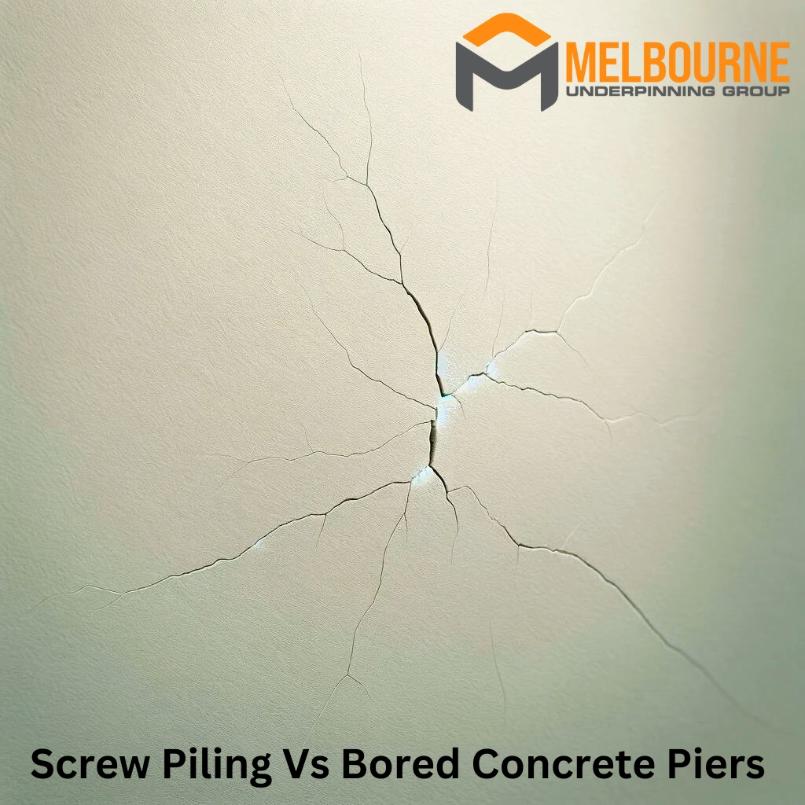
Screw piling and bored concrete piers are two distinct foundation methods used in construction. Screw piling involves inserting helical piles into the ground, which offers a quick and efficient installation process.
In contrast, bored concrete piers, while typically more time-consuming, provide a solid, enduring foundation, particularly suitable for heavy structures.
For this blog, we’ll discuss the differences between these two foundation techniques in more detail.
What Are Screw Piles?
Screw piles are deep foundation elements that are screwed into the soil to support structures. Here are their main features:
- Helical shape: The helical plates attached to the pile shaft aid in easy penetration and anchoring into the soil.
- Load capacity: They can support heavy loads, making them ideal for various construction projects.
- Speed of installation: Installation is quick and causes minimal disturbance to the site.
- Versatility: Suitable for a wide range of soil types and construction scenarios.
- Environmental impact: They have a lower environmental impact compared to traditional piling methods.
- Cost-effective: Often more economical due to reduced labour and equipment needs.
What Are Bored Concrete Piers?
Bored concrete piers are deep foundation elements created by boring holes into the ground and filling them with concrete. Their main features include:
- Deep foundation: They reach deeper soil layers for enhanced stability.
- Load-bearing capacity: High capacity for supporting heavy structures.
- Durability: Long-lasting and resistant to soil movement and environmental factors.
- Customisable depth and diameter: Can be tailored to specific site requirements.
- Minimal vibration: Installation causes less vibration, reducing the risk of damage to nearby structures.
- Soil adaptability: Effective in various soil types, especially where the soil consistency changes with depth.

What Is the Difference Between Screw Piles and Bored Concrete Piers?
The primary difference between screw piles and bored concrete piers lies in their installation methods and adaptability to different soil conditions.
Screw piles are installed by screwing them into the ground, which makes the process faster and less disruptive to the surrounding area. They are particularly effective in softer soils and are known for their ease of installation.
In contrast, bored concrete piers involve drilling deep holes and filling them with concrete. This is a method well-suited for heavy structures and varied soil types, including those with inconsistent layers. The approach is generally more time-consuming and requires more extensive site preparation but offers greater stability and load-bearing capacity.
When Should I Use Screw Piles?
Screw piles are ideal for use in softer soil conditions or when a rapid and less invasive installation is required. They are also preferred for environmentally sensitive sites and projects where minimal ground disturbance is essential.
When Should I Use Bored Concrete Piers?
Bored concrete piers are best used in situations requiring deep foundations with high load-bearing capacity. They are also suitable for projects where long-term stability and resistance to ground movements are critical considerations, such as with basement foundation construction.






